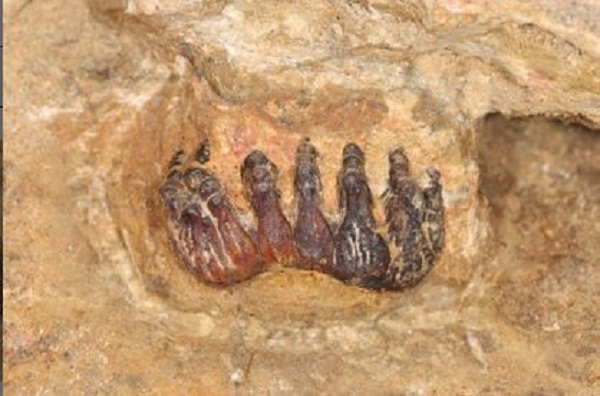Scientists from Universiti Malaya (UM) have identified the fossil of an extinct elephant in a limestone cave in Gopeng, Perak in Malaysia.
The country’s first discovery of Stegodon fossil is estimated to have a geological age of between 30,000 and 80,000 years and is said to be a milestone in the field of Quaternary palaeontological studies in Malaysia.
Palaeontological Society of Malaysia’s vertebrate palaeontologist and zoo archaeologist Lim Tze Tshen, who identified the fossil as a stegodon said that the imaging process performed by UM’s Faculty of Dentistry team found that the Stegodon was most likely less than two years old.

According to Lim the Stegodon were not mammoths nor dinosaurs but come from a group of extinct Proboscidea from the long-extinct family of Stegodontidae.
These ancient elephants are different from the modern Asian elephant (Elephas maximus) and may have survived much later in certain places.
Lead researcher Dr Ros Fatihah Muhammad from Universiti Malaya’s Geology Department said this important find would shed light on the history of migration of ancient fauna and also environmental changes in the South-East Asian region.
Ros Fatihah said that cave settlers group, Kinta Valley Watch had notified the team when they stumbled upon the fossil in July.
Her team then took pictures and videos of the find and sent them to experts across the world to confirm that it was a Stegodon, which is very easy to recognise due to the distinct shape of its tooth.
“Studies so far show that the remains of this stegodon is not associated with ancient humans.” Dr Ros said.
This comes six years after the discovery of fossils of a herbivorous dinosaur tooth and the remains of a carnivorous “fish-eating” dinosaur by a team of University Malaya and Japanese researchers in Pahang, Malaysia in 2014.











